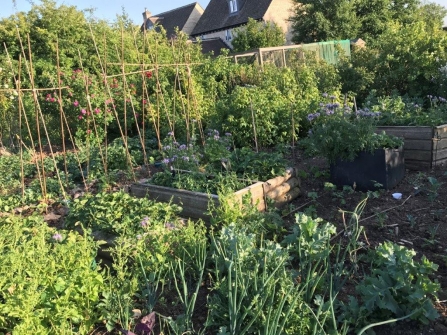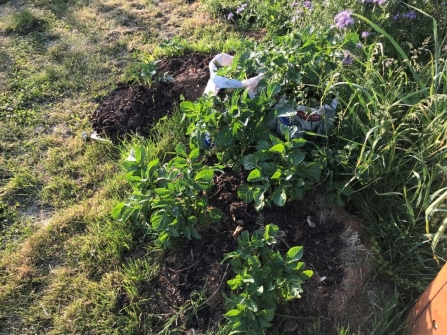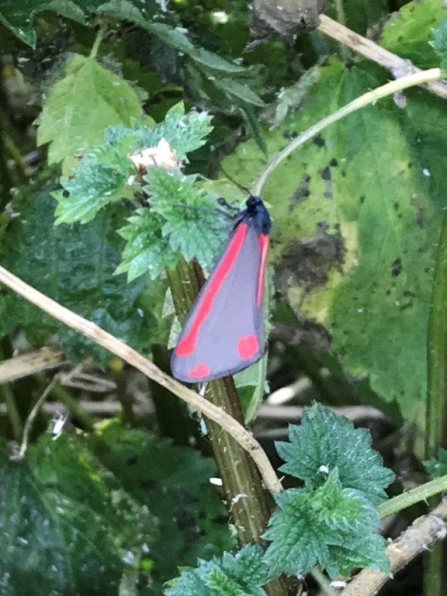Gardening is a funny thing: the longer you do it the more you realise how every year is different and brings its own set of challenges.
I’ve known many years when wet and often cold weather in May has caused seedlings to rot and encouraged slugs and snails to thrive.
This year, on the other hand, a long, warm and dry spell has resulted in a seemingly endless quest to keep young plants watered. There was also an annoying cold snap towards the middle of the month when a late dose of frost caught me out, leaving emerging potato plants looking black and frazzled.
Beware the ‘Ice Saints’
In parts of Europe, the period between May 11 and 13 is referred to as the ‘The Ice Saints’, with gardeners taking steps to protect more tender plants until after the feasts of St Mamertus, St Pancras and St Servatius, when it’s safer to assume that the risk of plummeting temperatures has passed.
Fortunately, potatoes are tough cookies and their green foliage quickly returned to the allotment as the days went on.
In a ‘normal year’, when rainfall levels are close to the annual average, watering this underground crop isn’t necessary, especially if they’ve been planted with plenty of moisture-retaining vegetable waste or homemade compost.
Over the last few weeks, however, there have been one or two days when I’ve given my tubers a helping hand, covering areas of freshly-watered soil with a good layer of grass cuttings or homemade compost to reduce the risk of surface evaporation. This mulch also helps to stop any light from reaching the young potatoes, preventing them from turning green.



